Background and Legislation
Recycling has seen a significant increase in the UK in recent years, but while 5 million tonnes of packaging arises as waste from UK households, over 2 million tonnes of packaging waste is still ending up in landfill every year.
Packaging waste that is landfilled is a wasted resource which increase the pressure on virgin raw materials. Landfilling waste also leads to an net increase of CO2 emissions as methane is emitted from landfill sites and more energy is required to source new materials than to recycle waste packaging.
Packaging should be seen as a resource and not something to be thrown away. It is the responsibility of all of us – industry, government, and the public – to our bit in reducing the burden on landfills and increase the conversion of waste into new resources.
The UK Packaging Regulations require businesses to finance the recycling of a proportion of the packaging they make, use or sell. These regulations implement in the UK the European Packaging Directive which is driving similar requirements across Europe.
Also, part if the Regulations is a requirement that manufacturers comply with the ‘Essential Requirements’ which require that packaging should be of appropriate size for the product. The Essential Requirements also contain standards on the materials and recyclability of packaging.
The government is also targeting an increase in recycling in its Waste Strategy for England 2007. In Scotland, Wales and Northern Ireland the devolved administrations have published their own strategies.
Wrap is a government funded body that is helping the government achieve the objectives in this strategy, providing advice on how to improve use of resources, by encouraging businesses and consumers to recycles more and throw away less.
At a local level most councils now offer a kerbside recycling service, expansion of which is encouraged by recycling targets and increases in landfill charges.
For details of recycling centres in Rother District Council, please follow the link: http://www.rother.gov.uk
For further details on how you can do your bit, please read the following pages and follow the links provided for more details about recycling services in your area.
Packaging Recycling Tips
- Check with your council what packaging they accept for recycling. Most councils now provide a kerbside recycling scheme. Check which materials you can recycle and request a recycling container by following the link below:
http://www.recyclenow.com/what_can_i_do_today/start_recycling_at_1.html
- Local recycling sites accept a wide variety of household waste items free of charge! Services vary, but old electrical equipment, batteries, and other household items will be taken by most sites. Use the link above to find your nearest recycling site and the waste that they will accept.
- Consider whether items that you are planning to throw away can be reused. If the item is still functional or needs minor repairs it may be of use to a local charity or school. Check whether your local council are supporting schemes like this or contact local charities, reuse organisations and schools directly. Alternatively, try online reuse sites such as www.freecycle.org
- Compost biodegradable waste. Food waste, as well as fibrous materials like cardboard and paper, can be turned into compost to feed your garden and plants. Cut down on your waste and get a free supply of handmade fertiliser by setting up your own composter. Some councils offer discounted compost bins to households – contact your council to find out more.
- Ensure materials that you send for recycling are clean and are materials that can be recycled. Good quality materials for recycling are a resource. Materials that are contaminated with other waste cannot be recycled and reduce the quality of recycled materials.
Packaging symbols
Look out for the following symbols on packaging and choose the best recycling option.
Polyethylene Terephthalate
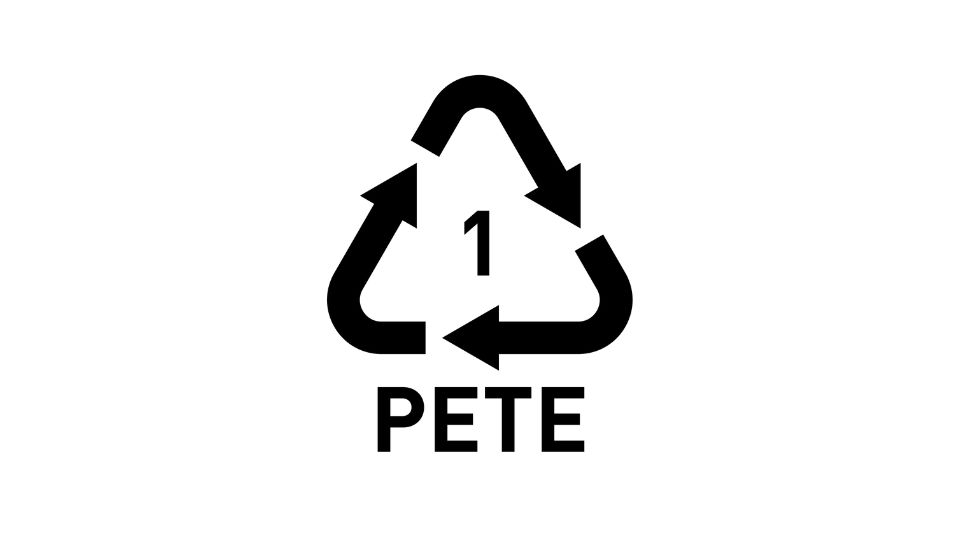
PETE plastic, also known as Polyethylene Terephthalate or PET, is extensively used worldwide and constitutes the predominant form of plastic.
High Density Polyethylene
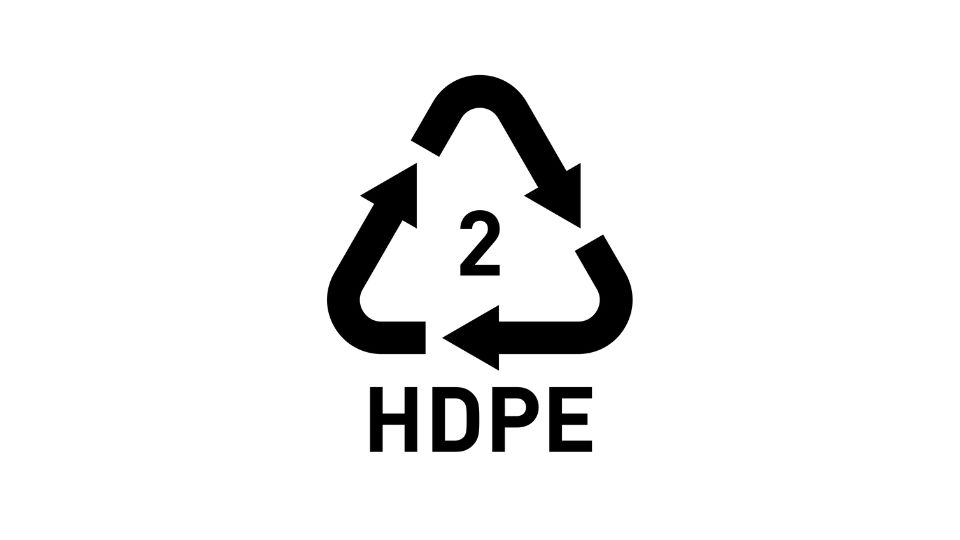
HDPE (High-Density Polyethylene) commonly employed in the production of various containers, including milk cartons and cleaning product bottles.
Polyvinyl Chloride
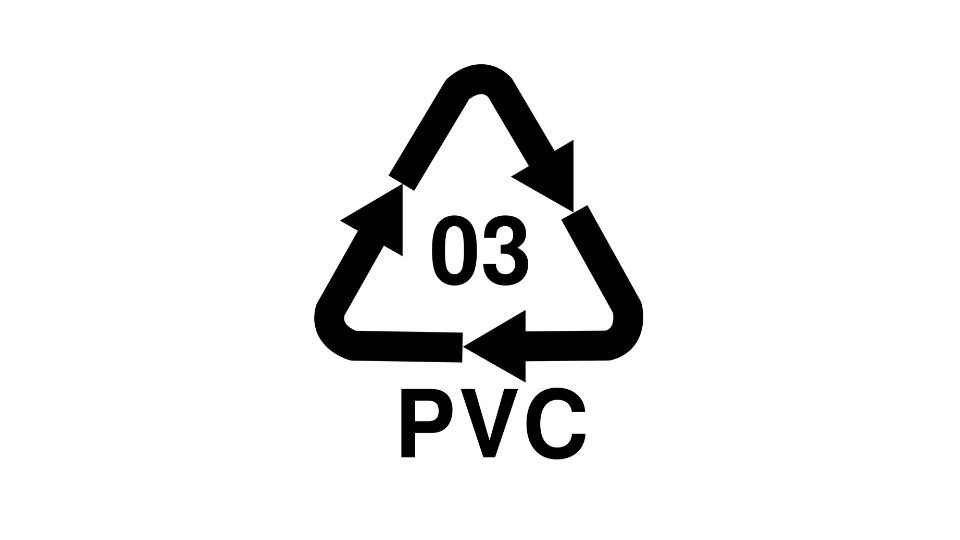
Similar to HDPE, PVC (Polyvinyl Chloride) finds predominant usage in the construction industry, particularly for manufacturing door and window frames.
Low Density Polyethylene
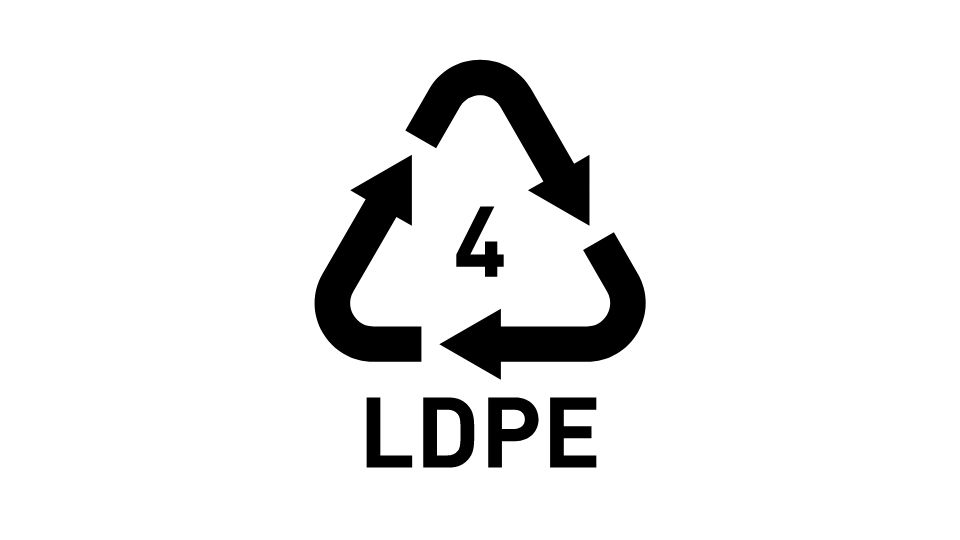
LDPE (Low-Density Polyethylene) is commonly employed in the production of plastic carrier bags and bin bags.
Polypropylene
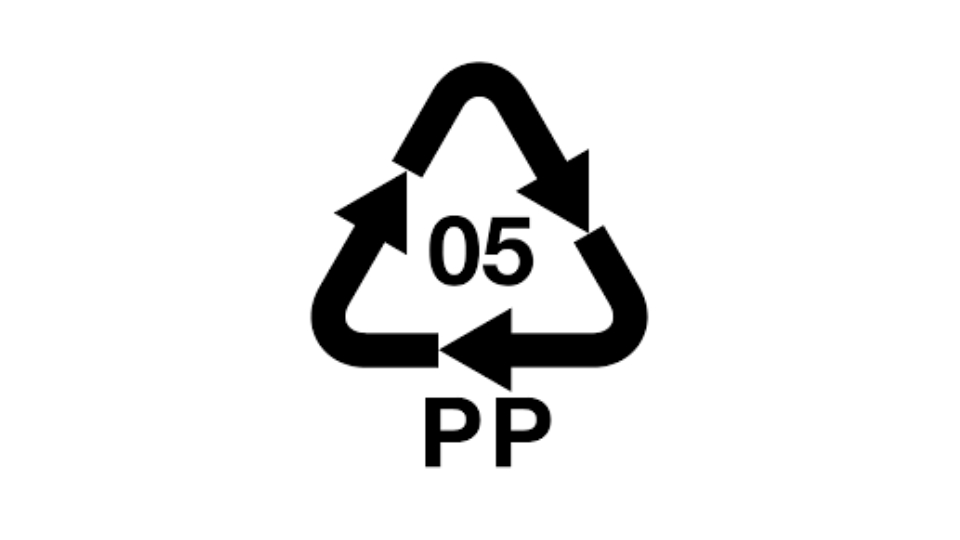
PP (Polypropylene) plastics are commonly employed in the production of packaging materials like plastic tubs, containers, and drinks cartons, as well as furniture.
Polystyrene
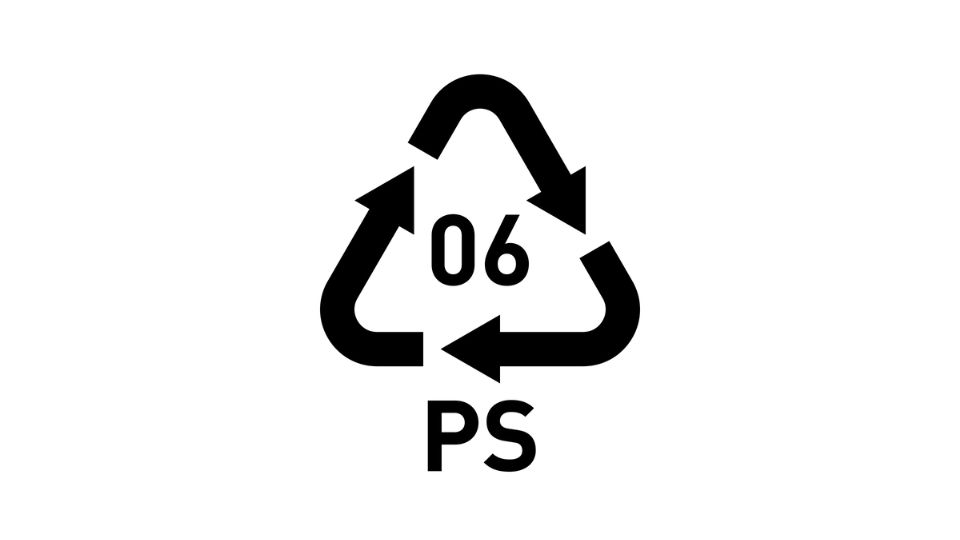
Polystyrene, also known as Styrofoam, finds primary application in packaging to provide cushioning and protection for delicate items.
Other Plastics
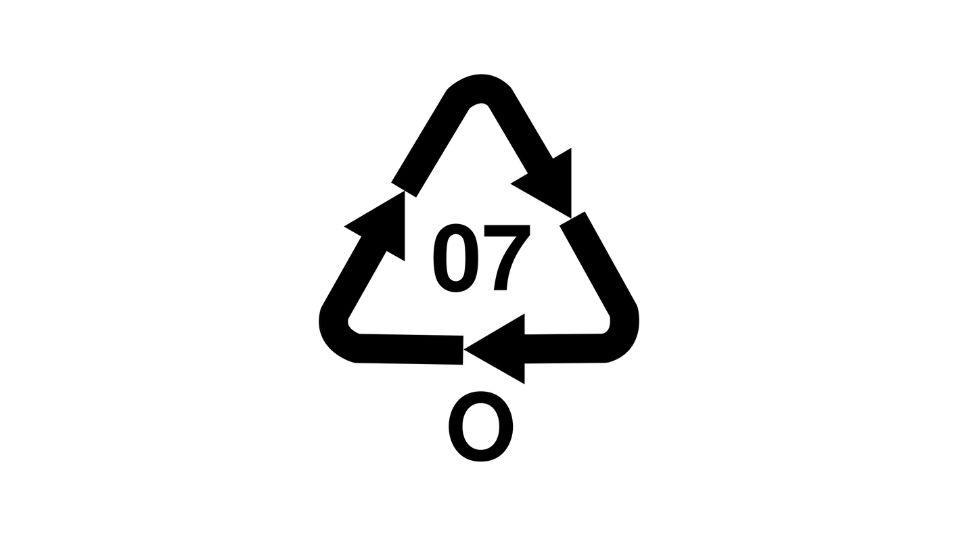
This category encompasses plastic types that do not fit into the aforementioned classifications, such as fibreglass and acrylic plastic.The recyclability of these items varies
Recyclable Aluminium
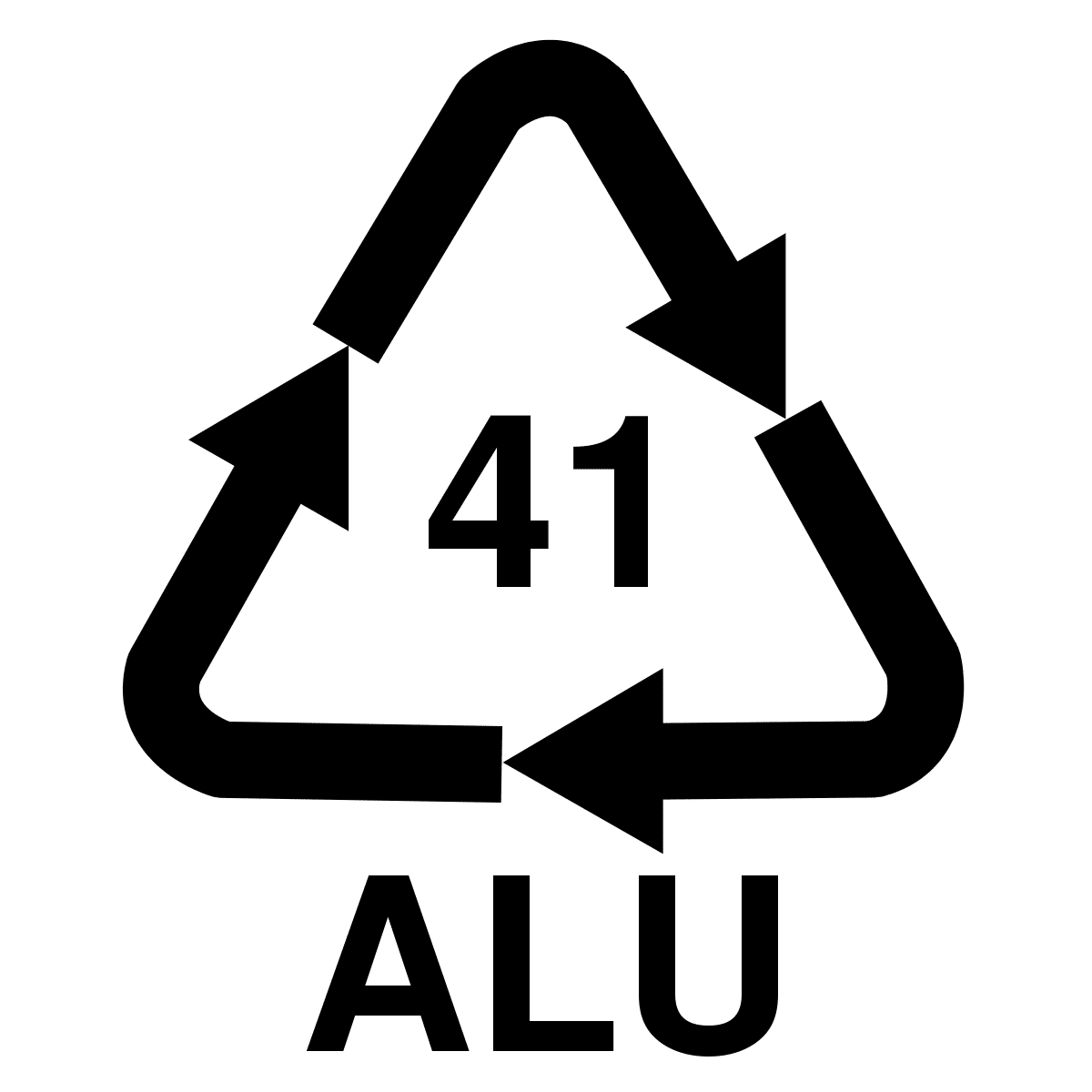

The item is made of recyclable aluminium.
Recyclable Steel
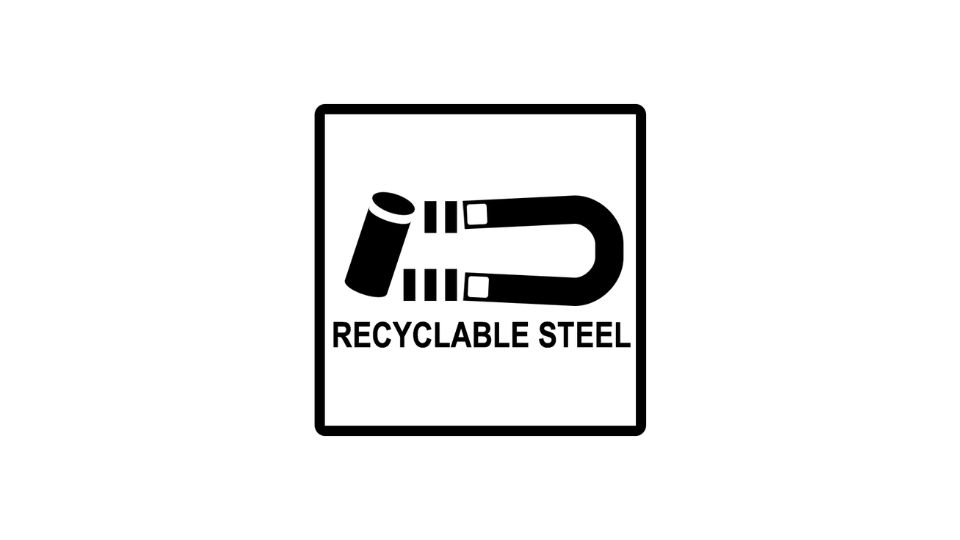
The product is made of recyclable steel.
Glass

Please place in bottle bank. Can also be recycled through most doorstep recycling services
Capable of being recycled
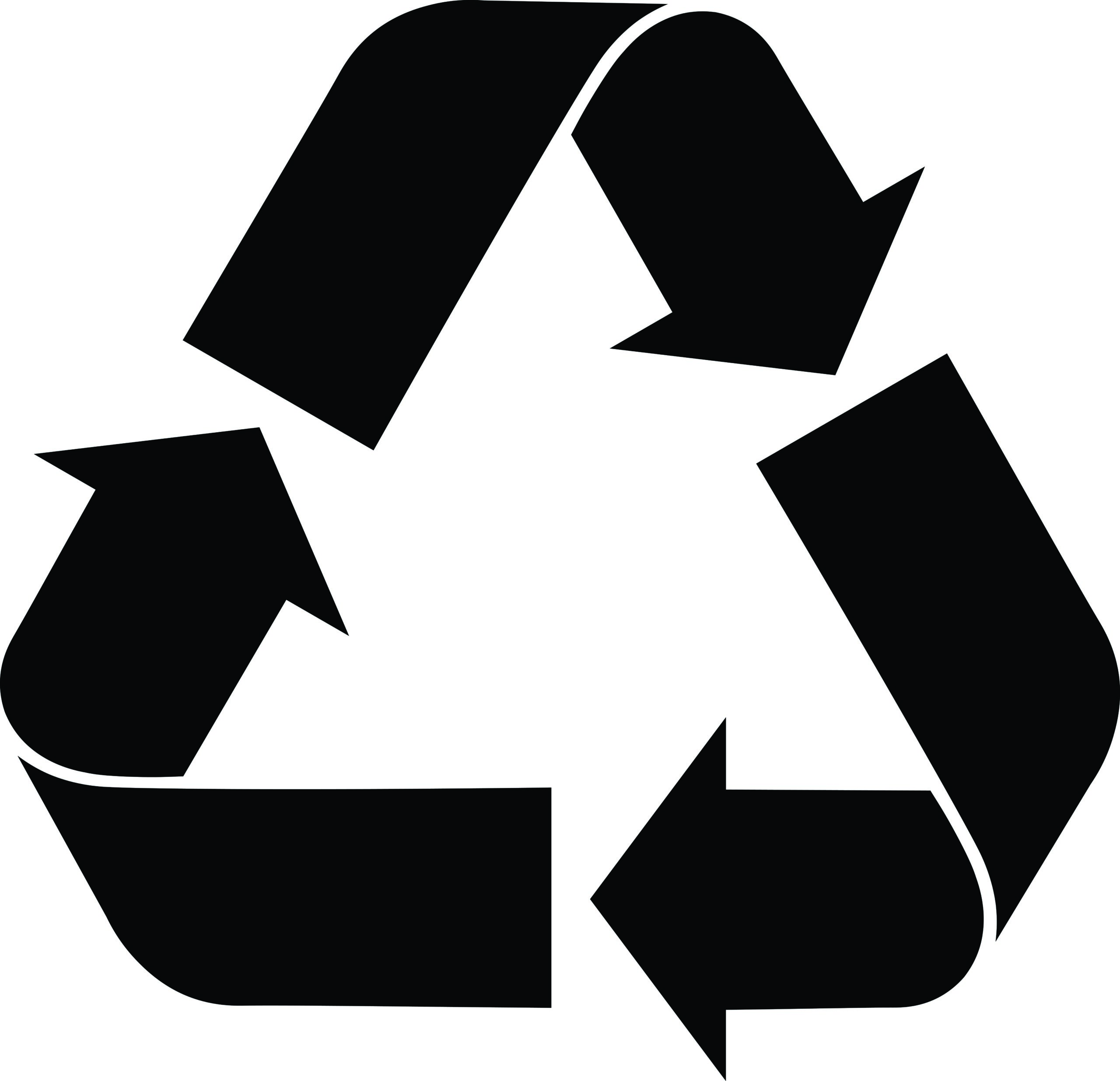
Indicates that an object is capable of being recycled – not that the object has been recycled or will be accepted in all recycling collection systems.
Capable of being recycled
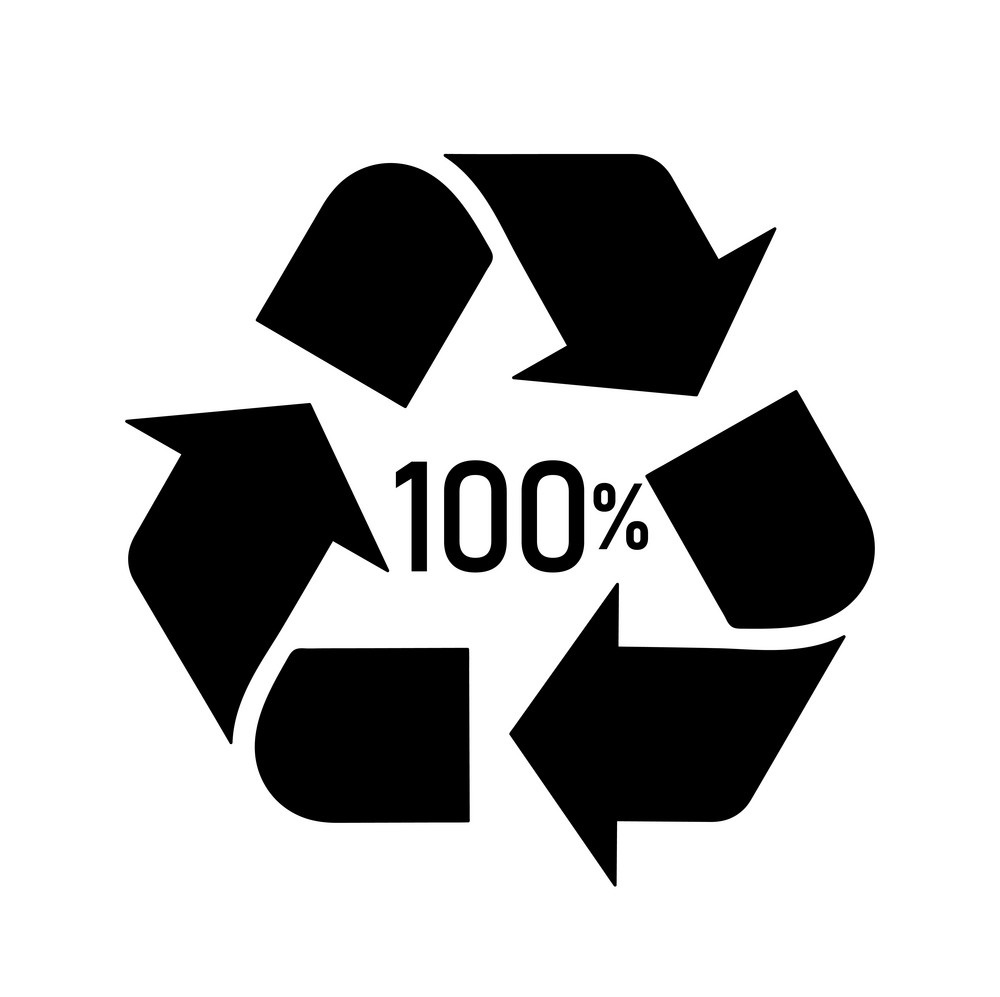
Percentage figure in the centre indicates the amount of recycled material
Forest Stewardship Council approved
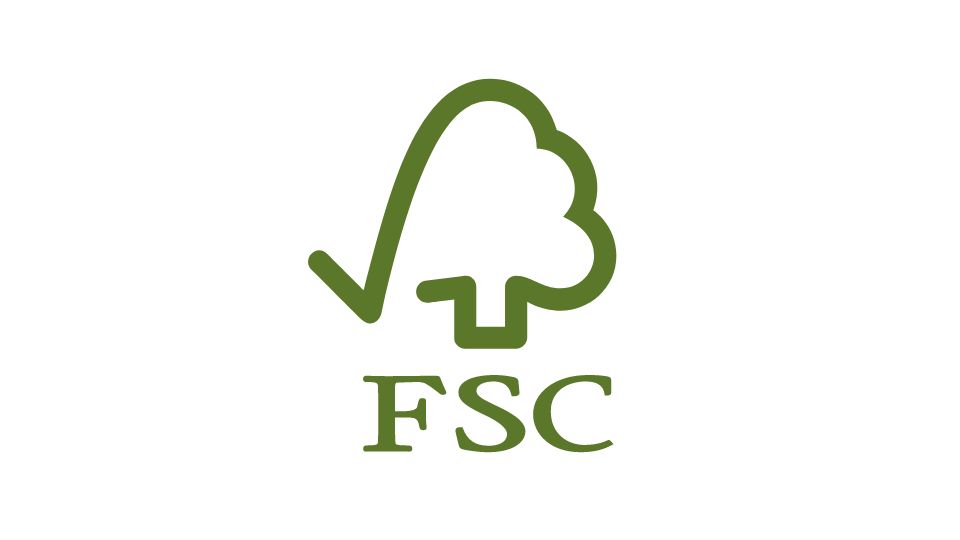
This logo indicates that the material or product has been made from FSC certified forests, recycled or other controlled materials
The ‘Green Dot’ symbol, on packaging
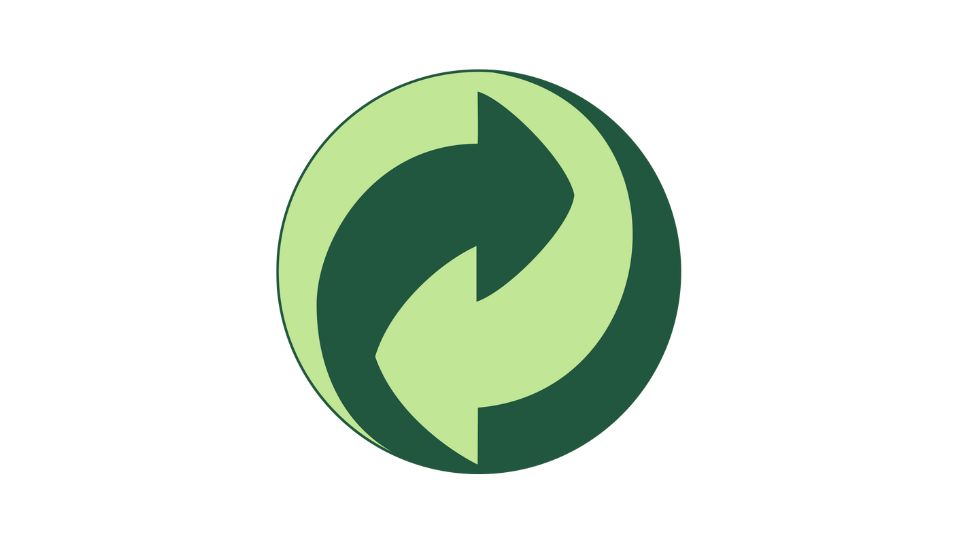
This symbol does not indicate that the packaging is recyclable, but means that the producer has paid a fee towards recycling of their packaging in certain European countries.
The ‘Tidyman’ symbol
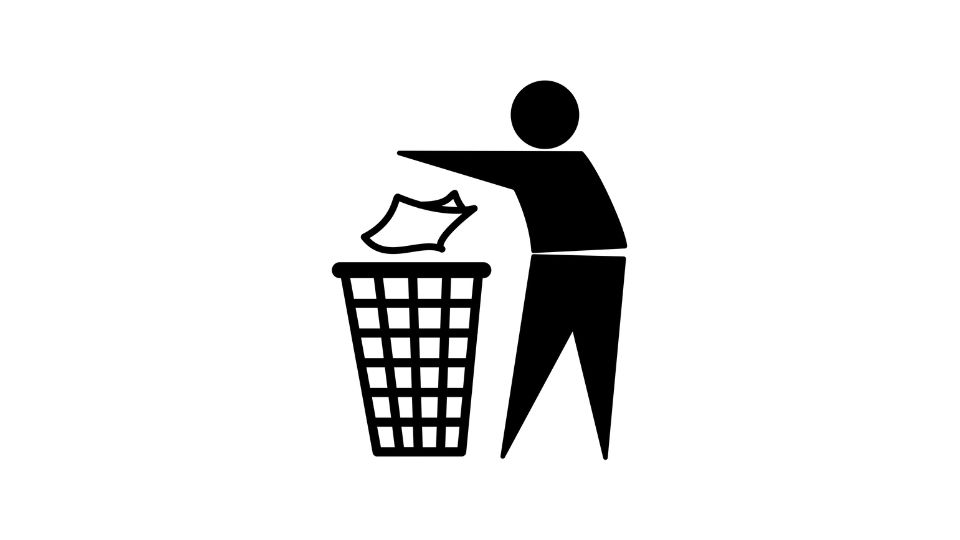
Please dispose of litter responsibly.
Special symbols identify the various plastic types from which products and packaging are made. Most councils now offer recycling of PET and HDPE bottles – check with your council what plastics they accept for recycling. We hope this is helpful, but should you have any queries please contact our Head Office by: Telephone: 01797 230214 Email: mail@jempsons.com
- Over 60% of all household and commercial packaging is recycled or recovered.
- £1.5 billion has been paid by manufacturers and retailers in the last ten years to increase the recovery and recycling of household packaging from 3 million tonnes to over 6 million tonnes a year.
- Over 95% of materials put out for recycling in 2008 were successfully recycled.
- Over 18 million tonnes of CO2 (equivalent to annual use of 5 million cars) are saved each year in the UK by packaging recycling.
- Reduction of packaging is also a key priority if we are to minimize waste. The weight of many everyday packaging items has been reduced dramatically over the years.
Since the 1970s:
- Plastic drink bottles have reduced by 31%
- Soup cans have been reduced by 29%
- Beer bottles have been reduced by 61%
- Washing up liquid bottles have been reduced by 64%
The Courtauld Commitment is a voluntary agreement that has been signed by many of the UK’s largest retailers, and aims to reduce further the amount of packaging used. Follow the link below for more details: http://www.wrap.org.uk/category/initiatives/courtauld-commitment
Links
For further information on packaging and recycling, try some of these links: www.defra.gov.ukwww.incpen.orgwww.wrap.org.ukwww.recyclenow.comwww.letsrecycle.com
